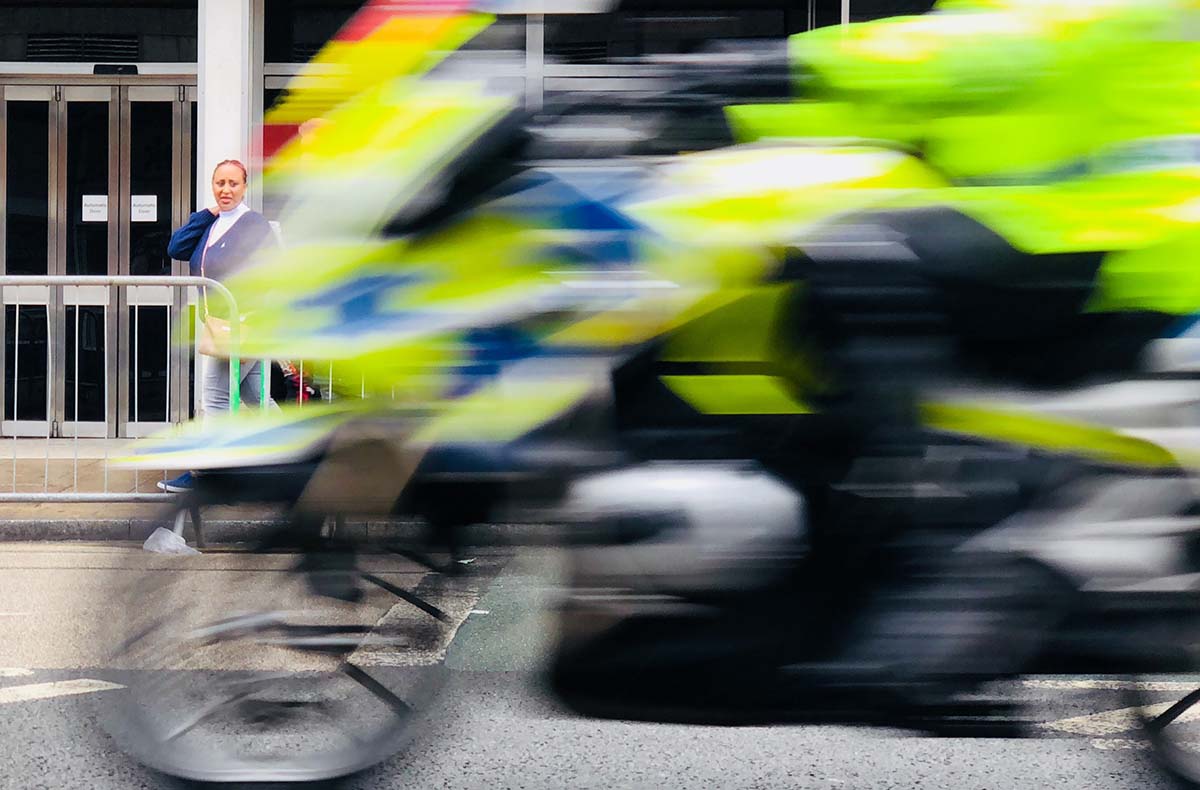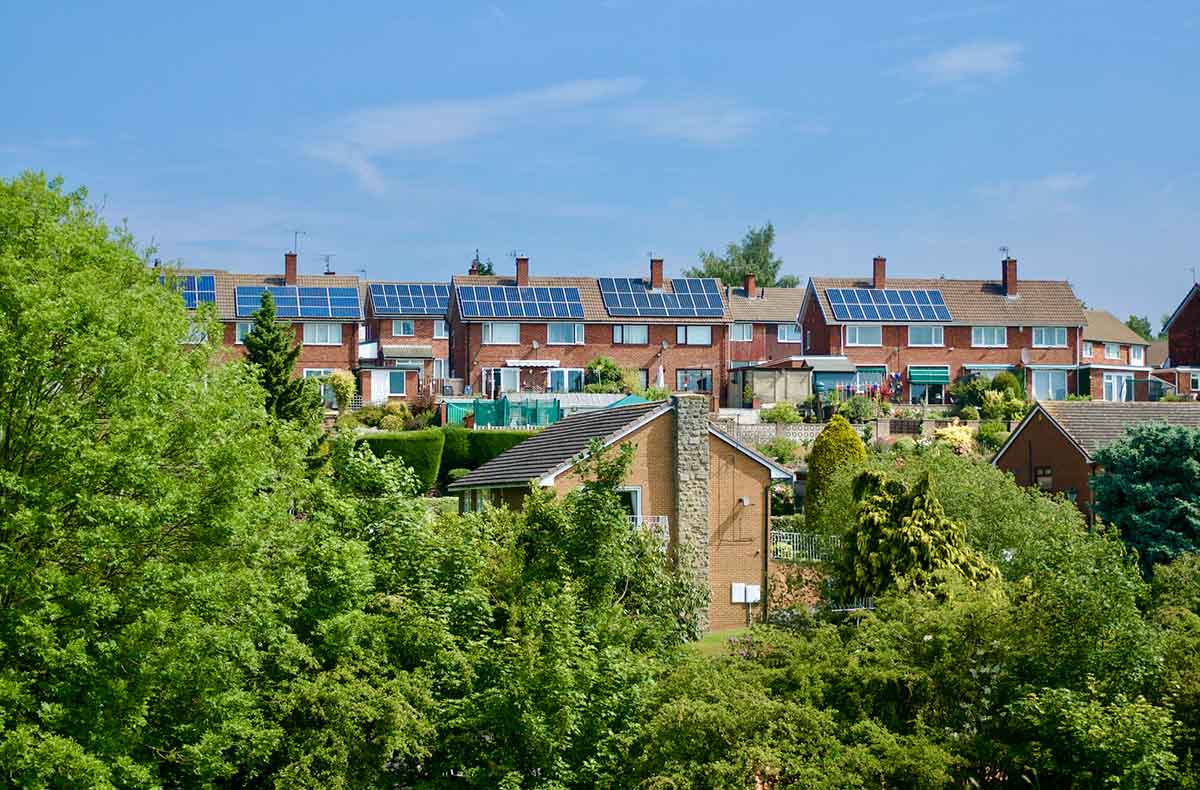
The United Nations has a history of involvement in troubled Haiti. So when UN general secretary Antonio Guterres recently warned the Caribbean island was “suffering the worst human rights and humanitarian emergency in decades,” even hard-bitten hacks listened.
Guterres called for the deployment of an international armed force to stabilize Haiti, again torn apart by murderous gangs and political instability. The poorest state in the Caribbean plans to hold elections soon, and the UN is seeking to protect citizens and votes.
Why?
Large areas of Haiti’s capital, Port-au-Prince, currently resemble a war zone. According to the Global Initiative Against Transnational Organised Crime (GI-TOC), around 200 violent gangs control key parts of the country—including up to 95 militias on the capital’s streets. Neither the government nor its police force is fully in control. Last year, one feared gang—400 Mawozo—openly targeted and killed serving police officers. Rape, torture, robbery, trafficking, and violence are unfortunate everyday occurrences. An estimated 60% of Port-au-Prince is deemed “lawless.”
Haiti is 27,000 sq. kilometers in size, with a population of 11 million: similar in size and density to Belgium. Yet reported killings soared by 35% to 2,100 last year, while kidnappings doubled to 1,350. It’s an unfortunately familiar story on an island with a long history of dictatorship, military coups, paramilitary insurgency, natural disasters, and democratic false dawns.
But when I talk to younger newshounds, I’m struck by how few understand why an island just 830 miles from Florida is so unstable. Of course, there are deep historical and colonial-linked reasons which should never be ignored. But what are Haiti’s more recent influences?
Here’s a rapid “explainer” – drawing on the fine work at GI-TOC, which you should read in full if you have time – that may provide some context.
From 1957 to 1986, the island was ruled by the dictator Francois “Papa Doc” Duvalier and his son Jean-Claude, known as ‘Baby Doc.” Corruption and torture of political opponents were rife.
As a counterbalance to the military, Papa Doc created a violent street-based militia, the Tonton Macoute, which carried out massacres and political assassinations on his behalf.
Baby Doc fled Haiti in 1986, and an army-led government took power. The new rulers disbanded—but crucially did not disarm—the militiamen, some of whom emerged as opponents of the populist priest, Jean Bertrand Aristide.
In 1991, Aristide won democratic elections only to be overthrown by the SSP, a private militia he had approved. The SSP dissolved, and back came the military and its endorsed vigilantism. Aristide returned in 1994, backed by the US and UN. He disbanded the military and outlawed paramilitary groups. But the decommissioning of armed forces left thousands of soldiers unemployed and with little support. Illicit, army-supporting militias developed, and their numbers swelled amid Haiti’s economic woes.
At the 1996 election, Rene Preval replaced Aristide and ruled by decree. In 2000, Aristide’s former party returned to power, but without him. Aristide formed an armed vigilante group, the Chimeres, which specialized in protection rackets. By 2001, Aristide was back in power again. But more armed groups united against him.
Around this time, things also went slightly insane on a geographic level. An insurrection group, dubbed The Cannibal Army, seized control of the city of Gonaives. Embedded opposition to Aristide then triggered a 2004 coup.
After Aristide’s permanent departure, the Chimeres were responsible for vicious and high-profile assassinations and kidnappings across Port-au-Prince. Supporters of the new government and Chimeres targeted each other. UN peacekeeping forces restored some order, and in 2006 Rene Preval returned via elections. But his second term was blighted by soaring food prices and riots.
Then came a pivotal moment for 21st-century Haiti. In early 2010, the country was hit by devastating earthquakes, which killed up to 220,000 people. More than 300,000 buildings collapsed or were damaged, including the UN’s local headquarters. UN mission chief Hedi Annabi was among the dead.
Port-au-Prince’s morgues could not cope, and locals were buried in mass graves. Haiti’s hospitals were overwhelmed, and water supplies were disrupted and contaminated—leading to illness, poor sanitation, and a desperate scramble for scarce resources.
Amid the chaos and looting, thousands of violent offenders—including powerful gang leaders—escaped from prison. Many disappeared into giant tent camps erected to assist quake victims. A new armed militia, The Armee Federale, formed of ex-prisoners, seized control of the camps. The country’s police could barely respond, so vigilante groups armed themselves.
Escalation, escalation. Rape, murder, and trafficking became an all-too-regular occurrence in the camps and beyond.
In 2011, Michel Martelly was elected and announced plans to reinstate the military. But by 2016, change again swept through fragile Haiti with the election of Jovenel Moise and, separately, the creation of the powerful 400 Mawozo gang.
Within two years, Moise’s regime was mired in a corruption scandal linked to Venezuela’s PetroCaribe oil procurement program, and the UN’s stabilizing mission vacated Haiti.
According to the GI-TOC report, Moise’s government allegedly assisted in gangland massacres by providing sympathetic organizations with weapons, police uniforms, and vehicles. By 2020, nine of the most powerful gangs in Port-au-Prince had joined forces under the “G9 and Family” banner. Rival gangs responded by establishing their own criminal federation, known as “G-Pep.”
In 2021, Moise was assassinated, and Ariel Henry became Haiti’s latest prime minister. Henry enjoys some international support, but Haiti has been devastated and divided by decades of authoritarianism, violence, and corruption.
Last year, the G9 federation held up trucks at the Varreux fuel terminal in Port-au-Prince—leading to shortages and protests against Henry’s regime. The 400 Mawozo, meanwhile, abducted 17 U.S. missionaries. That led to an international crackdown against the group’s arms suppliers. But little has changed.
Escalation of violence appeared to reach new heights earlier this year when 400 Mawozo joined forces with G-Pep against the G9. These two powerful gangland federations now effectively control swathes of the country, including access to healthcare and markets (often by enforcing curfews.)
Yet again, Haiti stands on the precipice. Hence, Guterres’ call for action.
Welcome to Haiti: Gangland, 2023.



